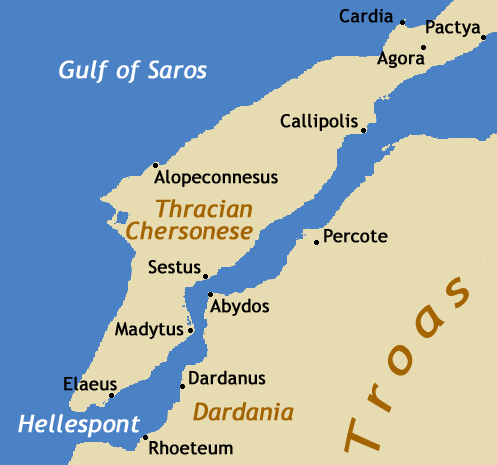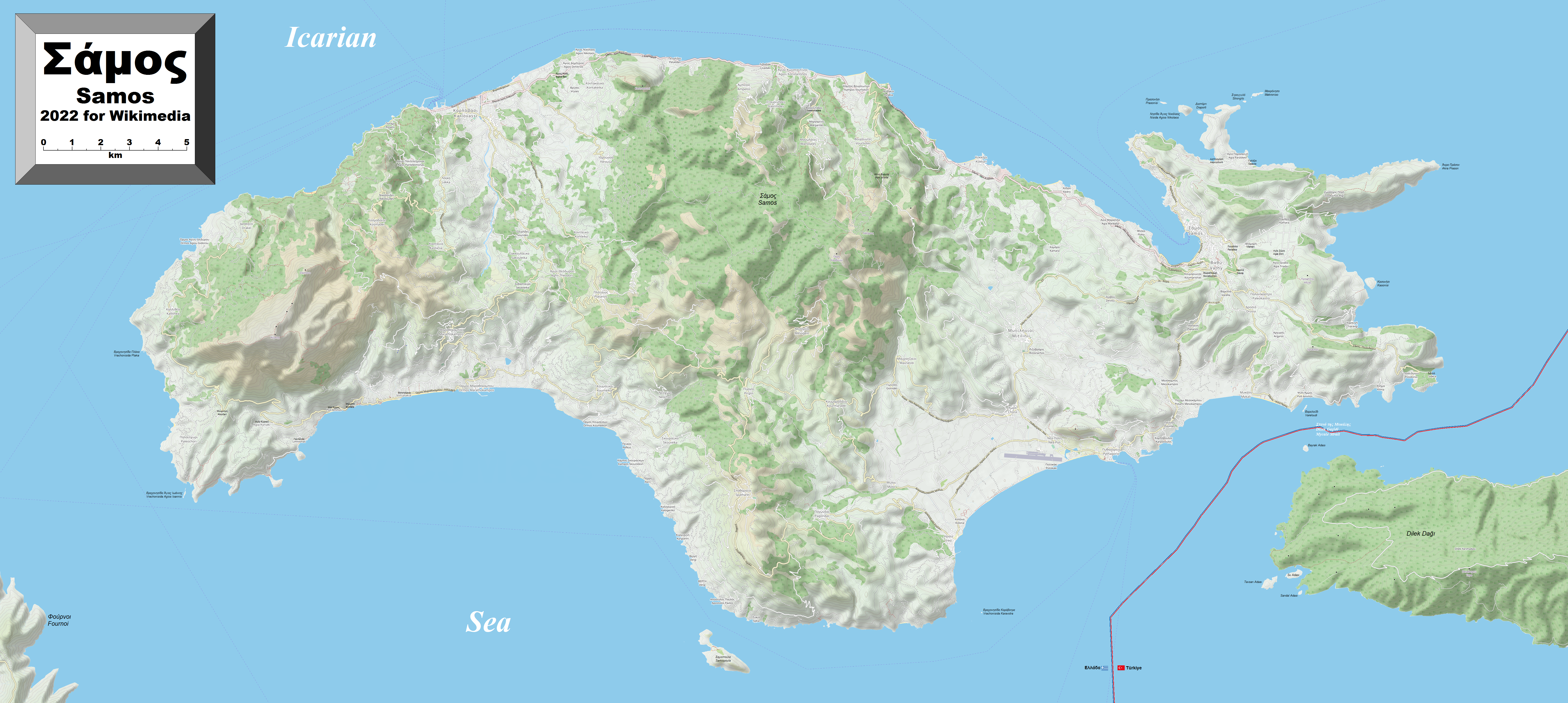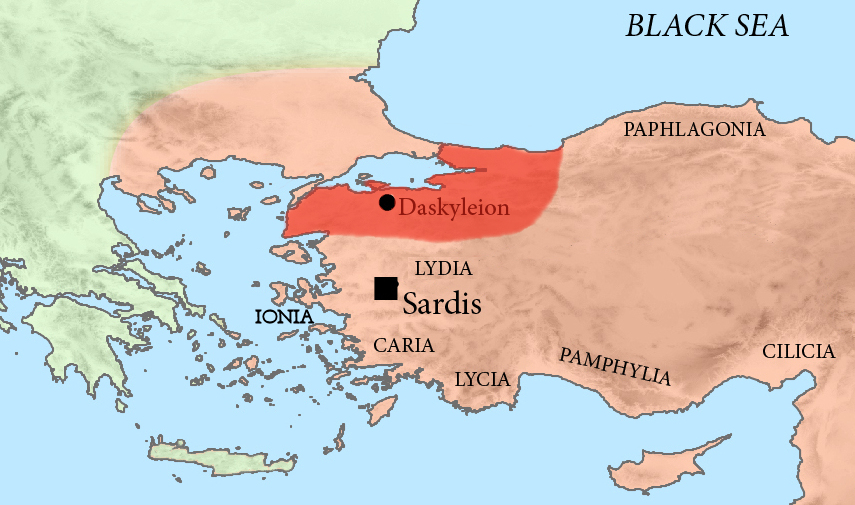|
Timotheus (general)
Timotheus ( el, Τιμόθεος; died 354 BC) was a Greek statesman and general who sought to revive Athenian imperial ambitions by making Athens dominant in a Second Athenian League. He was the son of the Athenian general, Conon. Isocrates considered that Timotheus was superior to the other commanders of his time and showed all the requisites and abilities of a good general.Isocrates. ''Antidosis'', Section 117. Strategos From 378 BC to 356 BC, Timotheus frequently held command as "strategos" in the wars between Athens (in alliance with Thebes), and Sparta. At this time, Athens' ambition was to revive the Delian League and to regain command of the sea. In 375 BC, during the Boeotian War, Timotheus was sent with a fleet to sail round Peloponnesus by way of a demonstration of Athens' power against Sparta. He persuaded Cephallenia to side with Athens and secured the friendship of the Acarnanians and Molossians. In 373 BC, Timotheus was appointed to the command of a fleet fo ... [...More Info...] [...Related Items...] OR: [Wikipedia] [Google] [Baidu] |
Jason Of Pherae
Jason of Pherae ( grc-gre, Ἰάσων ὁ Φεραῖος) was the ruler of Thessaly during the period just before Philip II of Macedon came to power. He had succeeded Lycophron I of Pherae, possibly his father, as tyrant of Pherae and was appointed ''tagus'', or chief magistrate, of Thessaly in the 370s BC and soon extended his control to much of the surrounding region. Controlling a highly trained mercenary force as well as the famous Thessalian cavalry, Jason briefly transformed Thessaly into a powerful Greek state and even spoke of invading the Persian Empire. Life The geographer Pausanias records that Jason was familiar with the teachings of the Sophist Gorgias (6.17.9), and Isocrates claims to have been in contact with Jason, though none of this correspondence survives.(''To the Children of Jason 1.1'') The figure of Jason makes a sudden appearance in the history of classical Greece with Xenophon swiftly mentioning his name during his commentary on Theban hegemony dur ... [...More Info...] [...Related Items...] OR: [Wikipedia] [Google] [Baidu] |
Toroni
Toroni ( grc, Τορώνη, ''Toróne'', modern pronunciation ''Toróni'') is an ancient Greek city and a former municipality in the southwest edge of Sithonia peninsula in Chalkidiki, Greece. Since the 2011 local government reform it is part of the municipality Sithonia, of which it is a municipal unit. The municipal unit has an area of 193.973 km2. History According to mythology, Toroni was wife to Proteus, son of Poseidon. The ancient city was founded by Chalkidian settlers probably during the 8th century BC. Its strategic location and rich resources developed Toroni into one of the most significant cities in Chalkidiki, giving its name to the gulf that forms between Pallene and Sithonia peninsulas. During the Greco-Persian Wars it allied with the Persians, who as a reward gave Olynthus to Kritoboulos, a local ruler, in 479 and later became part of the Athenaean League, contributing one of the highest taxes that reached 12 Attic talents per year, giving an indication ... [...More Info...] [...Related Items...] OR: [Wikipedia] [Google] [Baidu] |
Crithote
''Crithote'' is a genus of moths of the family Noctuidae. The genus was erected by Francis Walker in 1864. Species * ''Crithote horripides ''Crithote'' is a genus of moths of the family Noctuidae. The genus was erected by Francis Walker in 1864. Species * '' Crithote horripides'' Walker, 1864 * ''Crithote pannicula'' (Swinhoe, 1904) * ''Crithote prominens ''Crithote'' is a genu ...'' Walker, 1864 * '' Crithote pannicula'' (Swinhoe, 1904) * '' Crithote prominens'' Leech, 1900 References * Calpinae Moth genera {{Calpinae-stub ... [...More Info...] [...Related Items...] OR: [Wikipedia] [Google] [Baidu] |
Sestos
Sestos ( el, Σηστός, la, Sestus) was an ancient city in Thrace. It was located at the Thracian Chersonese peninsula on the European coast of the Hellespont, opposite the ancient city of Abydos, and near the town of Eceabat in Turkey. In Greek mythology, Sestos is presented in the myth of Hero and Leander as the home of Hero. History Classical period Sestos is first mentioned in Homer's ''Iliad'' as a Thracian settlement, and was allied with Troy during the Trojan War. The city was settled by colonists from Lesbos in c. 600 BC. In c. 512, Sestos was occupied by the Achaemenid Empire, and Darius I ferried across from the city to Asia Minor after his Scythian campaign. Alongside Byzantium, Sestos was considered to be one of the foremost Achaemenid ports on the European coast of the Bosphorus and the Hellespont. In 480, at the onset of the Second Persian invasion of Greece, Xerxes I bridged the Hellespont near Sestos. In 479 BC, after the Greek victory at the Battle of Myc ... [...More Info...] [...Related Items...] OR: [Wikipedia] [Google] [Baidu] |
Samos
Samos (, also ; el, Σάμος ) is a Greek island in the eastern Aegean Sea, south of Chios, north of Patmos and the Dodecanese, and off the coast of western Turkey, from which it is separated by the -wide Mycale Strait. It is also a separate regional unit of the North Aegean region. In ancient times, Samos was an especially rich and powerful city-state, particularly known for its vineyards and wine production. It is home to Pythagoreion and the Heraion of Samos, a UNESCO World Heritage Site that includes the Eupalinian aqueduct, a marvel of ancient engineering. Samos is the birthplace of the Greek philosopher and mathematician Pythagoras, after whom the Pythagorean theorem is named, the philosophers Melissus of Samos and Epicurus, and the astronomer Aristarchus of Samos, the first known individual to propose that the Earth revolves around the sun. Samian wine was well known in antiquity and is still produced on the island. The island was governed by the semi- ... [...More Info...] [...Related Items...] OR: [Wikipedia] [Google] [Baidu] |
Revolt Of The Satraps
The Great Satraps' Revolt, or the Revolt of the Satraps (366-360 BC), was a rebellion in the Achaemenid Empire of several satraps against the authority of the Great King Artaxerxes II Mnemon. The Satraps who revolted were Datames, Ariobarzanes and Orontes of Armenia. Mausolus the Dynast of Caria participated in the Revolt of the Satraps, both on his nominal sovereign Artaxerxes Mnemon's side and (briefly) against him. They were supported by the pharaohs of Egypt, Nectanebo I, Teos, and Nectanebo II, to whom was sent Rheomithres who came back with 50 ships and 500 talents, and all joined forces against Artaxerxes II. Revolt of Datames (372-362 BC) Datames, the satrap of Cappadocia and a talented military commander, had inherited his satrapy from his father Camissares after 384 BC but later problems with the court led him to revolt in 372 BC. The court commanded the neighboring satraps, Autophradates of Lydia and Artumpara of Lycia, to crush the rebellion but Datames success ... [...More Info...] [...Related Items...] OR: [Wikipedia] [Google] [Baidu] |
Phrygia
In classical antiquity, Phrygia ( ; grc, Φρυγία, ''Phrygía'' ) was a kingdom in the west central part of Anatolia, in what is now Asian Turkey, centered on the Sangarios River. After its conquest, it became a region of the great empires of the time. Stories of the heroic age of Greek mythology tell of several legendary Phrygian kings: * Gordias, whose Gordian Knot would later be cut by Alexander the Great * Midas, who turned whatever he touched to gold * Mygdon, who warred with the Amazons According to Homer's ''Iliad'', the Phrygians participated in the Trojan War as close allies of the Trojans, fighting against the Achaeans. Phrygian power reached its peak in the late 8th century BC under another, historical, king Midas, who dominated most of western and central Anatolia and rivaled Assyria and Urartu for power in eastern Anatolia. This later Midas was, however, also the last independent king of Phrygia before Cimmerians sacked the Phrygian capital, ... [...More Info...] [...Related Items...] OR: [Wikipedia] [Google] [Baidu] |
Satrap
A satrap () was a governor of the provinces of the ancient Median and Achaemenid Empires and in several of their successors, such as in the Sasanian Empire and the Hellenistic empires. The satrap served as viceroy to the king, though with considerable autonomy. The word came to suggest tyranny or ostentatious splendour, and in modern usage refers to any subordinate or local ruler, usually with unfavourable connotations of corruption. A satrapy is the territory governed by a satrap. Etymology The word is derived via Latin from Greek ''satrápes'' (), itself borrowed from an Old Iranian ''*khshathra-pa''. In Old Persian, which was the native language of the Achaemenids, it is recorded as ''khshathapavan'' (, literally "protector of the province"). The Median form is reconstructed as ''*khshathrapavan-''. It is cognate with Sanskrit ''kshetrapal'' (). The Biblical Hebrew form is ''aḥashdarpan'' , as found in . In the Parthian (language of the Arsacid Empire) and Middle ... [...More Info...] [...Related Items...] OR: [Wikipedia] [Google] [Baidu] |
Ariobarzanes Of Phrygia
Ariobarzanes ( peo, *Aryābr̥zaⁿs; grc, Ἀριοβαρζάνης ; death: crucified in c. 362 BCE), sometimes known as Ariobarzanes I of Cius, was a Persian Satrap of Phrygia and military commander, leader of an independence revolt, and the first known of the line of rulers of the Greek town of Cius from which were eventually to stem the kings of Pontus in the 3rd century BCE. Ariobarzanes was apparently a cadet member of the Achaemenid dynasty, possibly son of Pharnabazus II, and part of the Pharnacid dynasty which had settled to hold Dascylium of Hellespont in the 470s BCE. Cius is located near Dascylium, and Cius seemingly was a share of family holdings for the branch of Ariobarzanes. Ariobarzanes' one predecessor was a (kinsman) named Mithradates (possibly Mithradates, Satrap of Cappadocia). The archaeologist Walther Judeich claims that Ariobarzanes was that Mithradates' son, but Brian C. McGing refutes that specific filiation. Seemingly, no classical source it ... [...More Info...] [...Related Items...] OR: [Wikipedia] [Google] [Baidu] |
Achaemenid Empire
The Achaemenid Empire or Achaemenian Empire (; peo, 𐎧𐏁𐏂, , ), also called the First Persian Empire, was an ancient Iranian empire founded by Cyrus the Great in 550 BC. Based in Western Asia, it was contemporarily the largest empire in history, spanning a total of from the Balkans and Egypt in the west to Central Asia and the Indus Valley in the east. Around the 7th century BC, the region of Persis in the southwestern portion of the Iranian plateau was settled by the Persians. From Persis, Cyrus rose and defeated the Median Empire as well as Lydia and the Neo-Babylonian Empire, marking the formal establishment of a new imperial polity under the Achaemenid dynasty. In the modern era, the Achaemenid Empire has been recognized for its imposition of a successful model of centralized, bureaucratic administration; its multicultural policy; building complex infrastructure, such as road systems and an organized postal system; the use of official languages acro ... [...More Info...] [...Related Items...] OR: [Wikipedia] [Google] [Baidu] |
Alyzia
Alyzia ( el, Αλυζία) is a former municipality in Aetolia-Acarnania, West Greece, Greece. Since the 2011 local government reform it is part of the municipality Xiromero, of which it is a municipal unit. It is located on the central west coast of Aetolia-Acarnania, near the island community of Kálamos. It has a land area of 148.719 km² and a population of 3,005 inhabitants at the 2011 census. Its municipal seat was the town of Kandila (pop. 1,048 in 2011). The other towns are Archontochori (Zaftsa) (pop. 701), Mytikas (759), Varnakas (342), and Panagoula (155). Subdivisions The municipal unit Alyzia is subdivided into the following communities (constituent villages in brackets): * Kandila *Archontochori (Archontochori, Agios Athanasios, Paliovarka) *Mytikas *Panagoula *Varnakas History Ancient Alyzia was one of the most important cities of ancient Acarnania. According to Strabo, the city was named after Alyzeus, son of Icarius and brother of Penelope (Odysseus ... [...More Info...] [...Related Items...] OR: [Wikipedia] [Google] [Baidu] |








